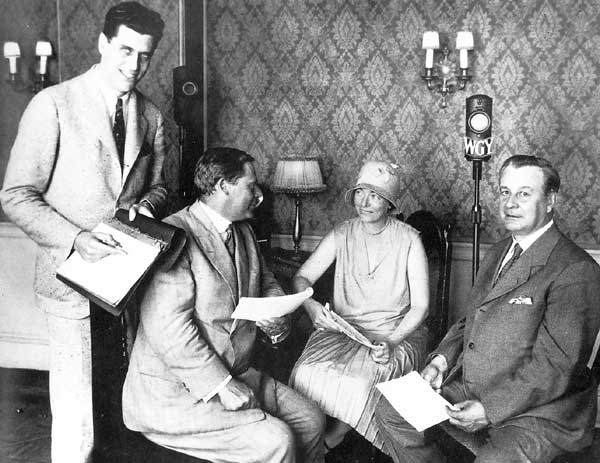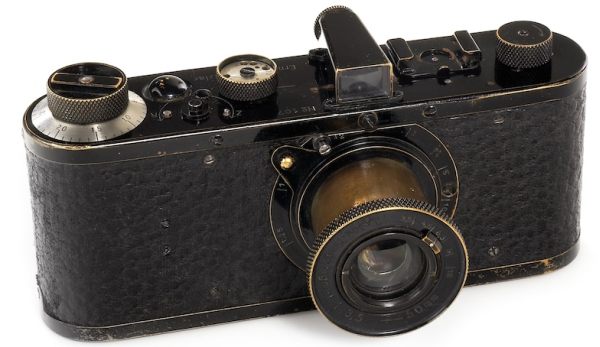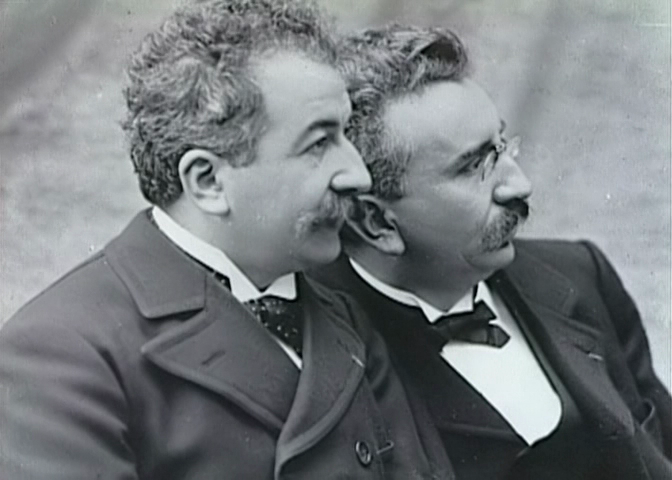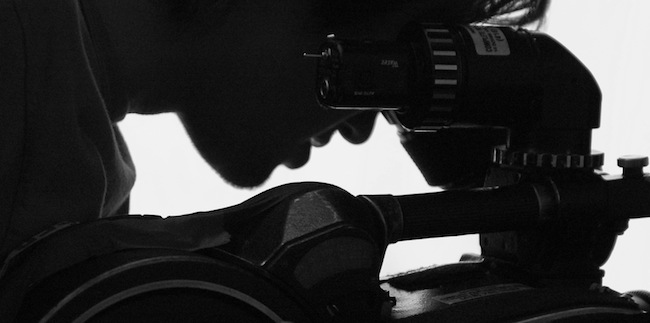Thomas Alva Edison invented the phonograph in 1877 and it had quickly become the most popular home entertainment device of the century. It was to provide a visual accompaniment to the phonograph that Edison commissioned William Kennedy-Laurie Dickson, a young laboratory assistant, to invent a motion-picture system in 1888.
Dickson built upon the work of Muybridge and Marey, a fact that he readily acknowledged, but he was the first to combine the two final essentials of motion-picture camera and projection technology.
These were a device to ensure the intermittent but regular motion of the film strip through the camera, and a regularly perforated celluloid film strip to ensure regular transport of the film.
Dickson’s Kinetograph camera of 1893 photographed up to 50 feet of celluloid film, usually at the rate of about 40 frames per second. This fast speed was needed for technical reasons.
The test subject shown here is Fred Ott’s Sneeze, copyrighted but not used commercially because Edison had originally conceived of motion pictures as an adjunct to his phonograph. He did not commission the invention of a projector to accompany the Kinetograph. Rather, he had Dickson design a peep-show viewing device called the Kinetoscope in which a continuous 47-foot film loop ran on rollers between an electric lamp and a shutter for individual viewing.
Starting in 1894, Kinetoscopes were marketed commercially through the firm of Raff and Gammon for $250 to $300 apiece, and the Edison Company established its own Kinetograph studio (a single-room building called the “Black Maria” that rotated on tracks to follow the sun) in West Orange, New Jersey.
In April 1894 the first Kinetoscope parlour was opened in a converted storefront in New York City. The parlour charged 25 cents for admission to a bank of five machines. The syndicate of Maguire and Baucus acquired the foreign rights to the Kinetoscope in 1894 and began to market the machines. England’s first Kinetoscope parlour opened in Oxford Street, London, in October. Edison had declined to file for international patents on either his camera or his viewing device, and as a result the machines were copied by Robert Paul in Britain, and others in Europe.




















